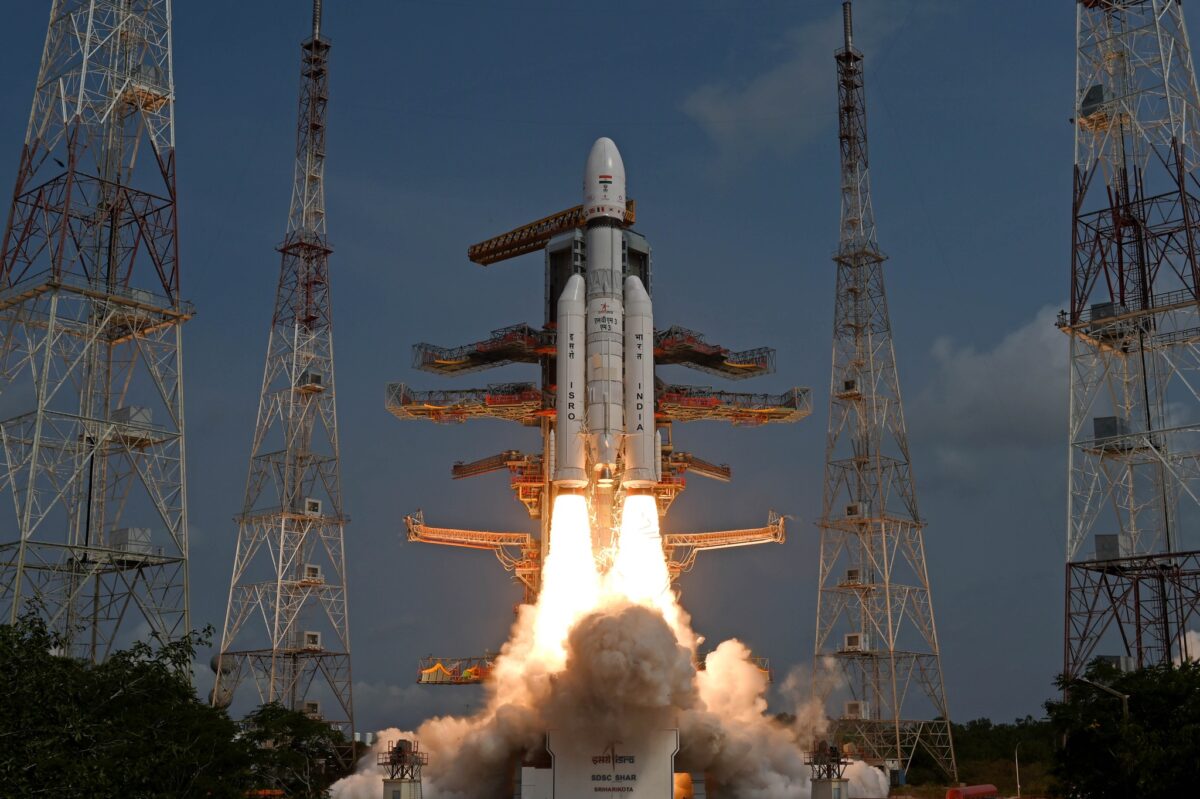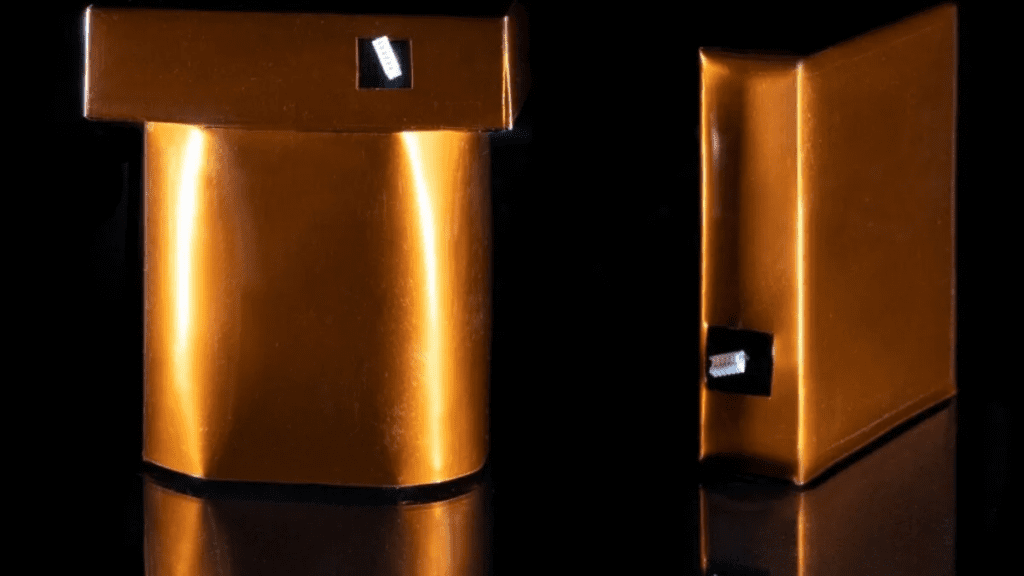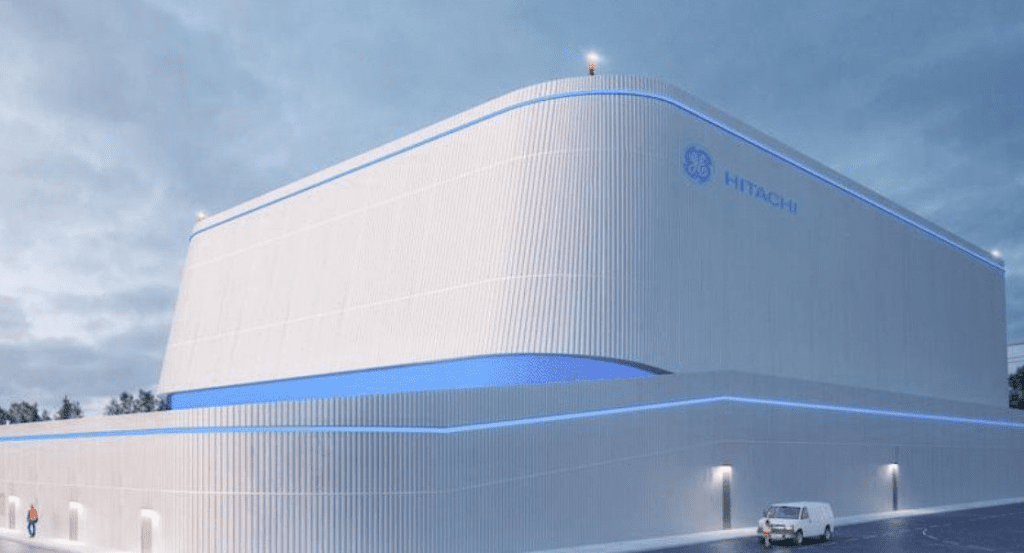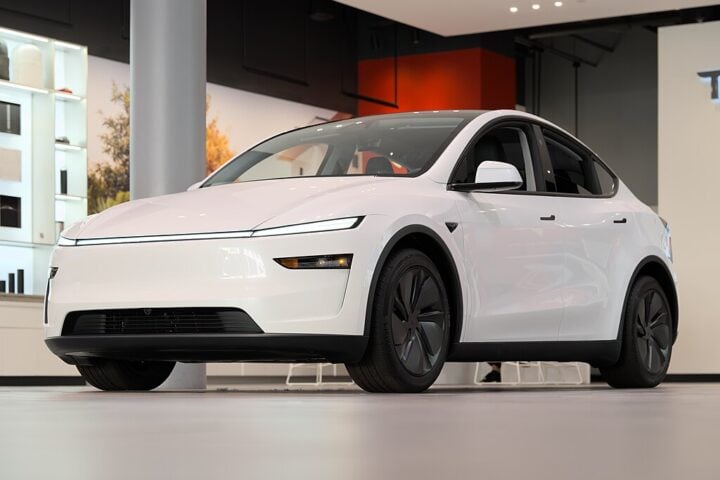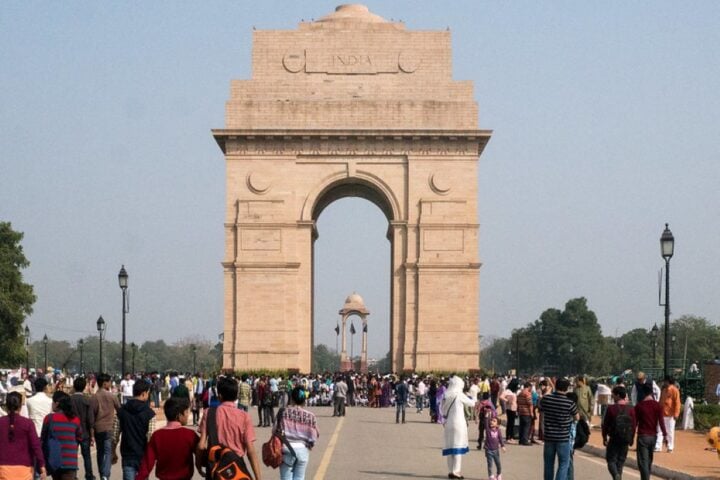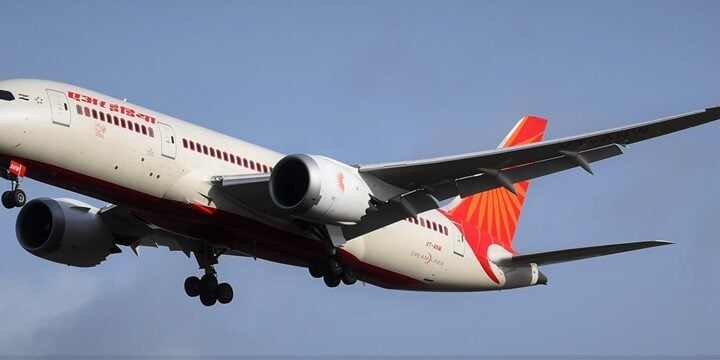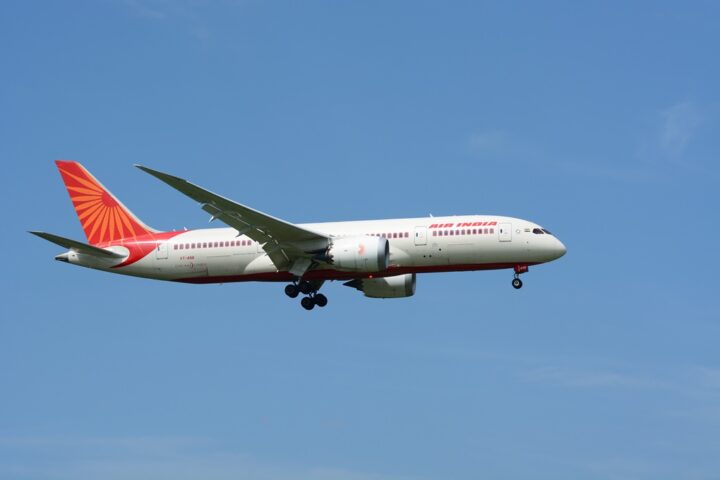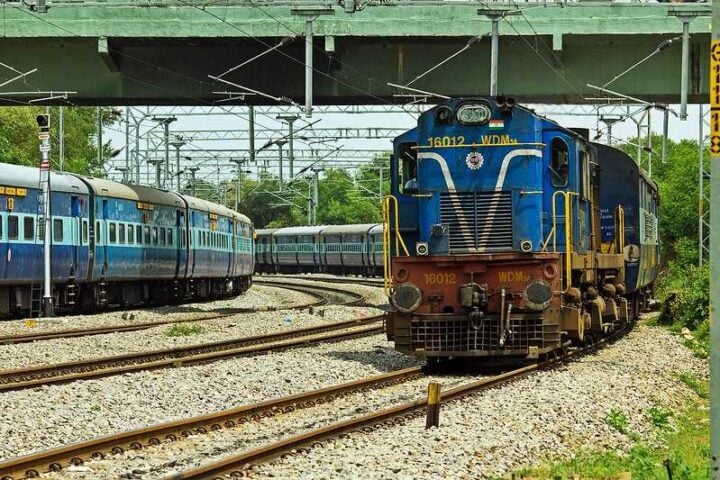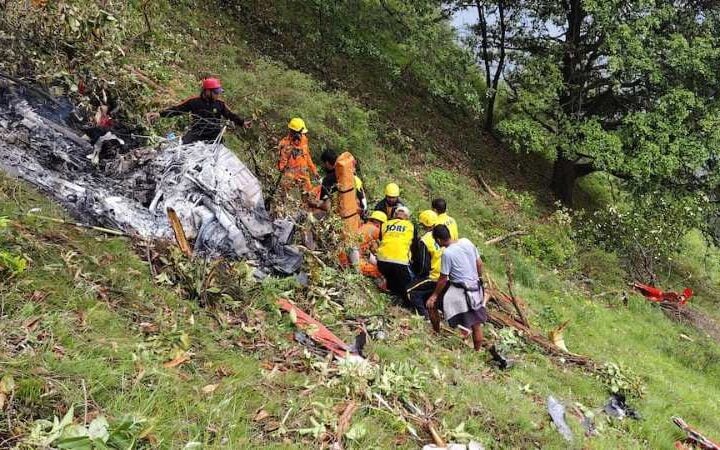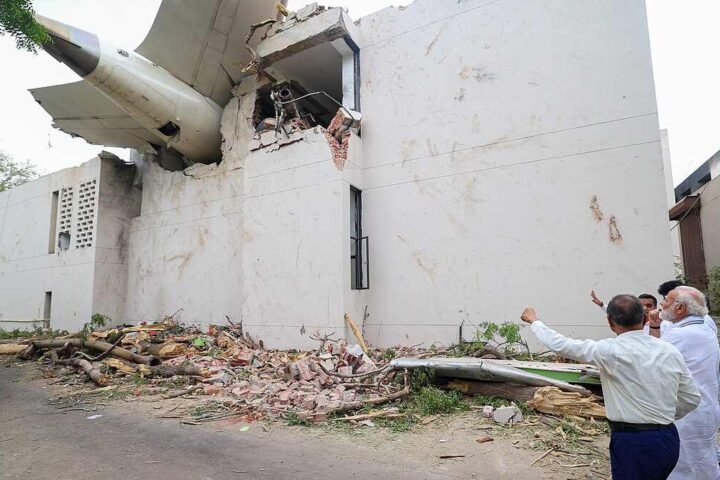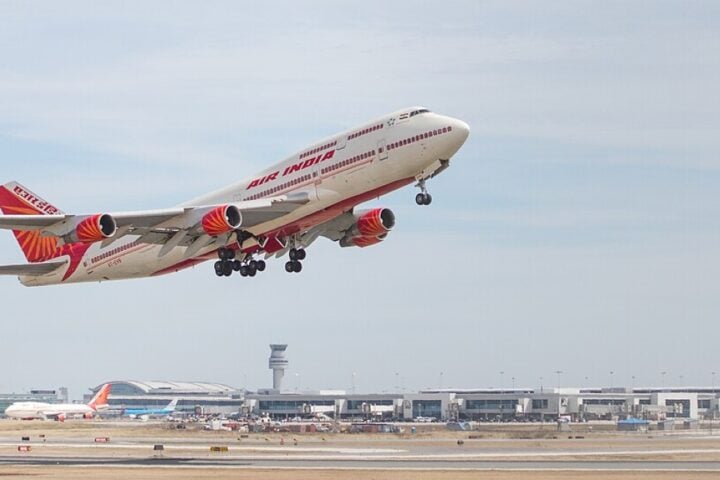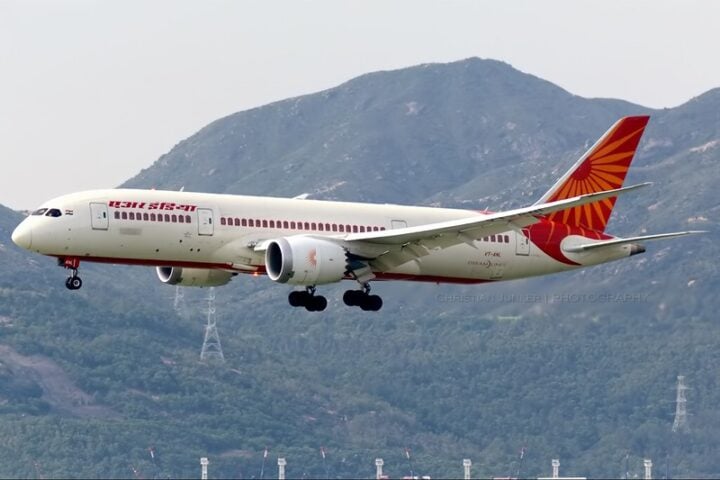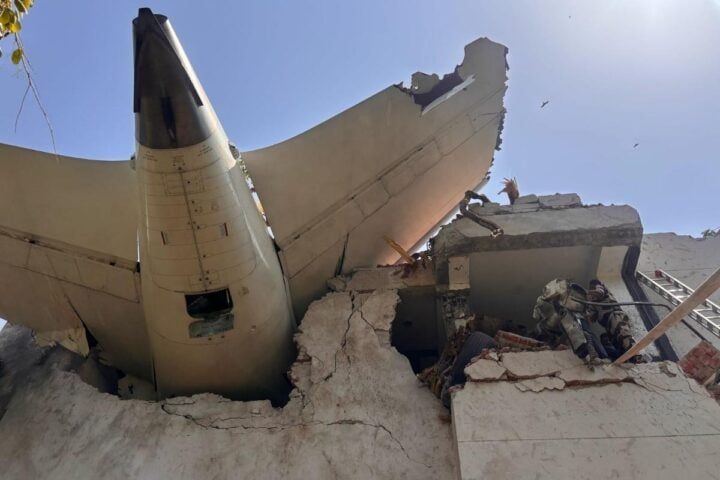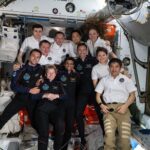36 One Web (OW) satellites were placed in orbit successfully on Sunday, by ISRO, completing the first-generation Constellation for global coverage. They were placed in orbit in nine batches of four satellites each & weighing 5,805 in total. OW has used ISRO’s services for the second time to launch satellites, the first being in October 2022, with an Indian rocket.
After declaring bankruptcy in November, 2020, OW was sold to the U.K. Government & an Indian company Bharti Global. The aim of the OW project is to provide high-speed internet access for users globally by 2027. ISRO launched these satellites from Satish Dhavan Space Centre in Sriharikota, India, on March 27,2023.
Thus the deployment of OW Constellation of over 600 satellites is completed with this launch. ISRO’s Launch Vehicle Mark lll (LVM3) launched communication satellites, the sixth launch for India’s heaviest rocket. The capability of launching multiple satellites in lower earth orbit has been demonstrated by the rocket.
Four-ton class of satellites to Geosynchronous transfer orbit can be launched by the LVM3 rocket. The LVM3 rocket is a three-stage vehicle with two solid motor straps, a liquid propellant core stage, & cryogenic stage. 36 OW satellites will be placed in orbit at an altitude of 1,200 kms above the earth’s surface.
With the Sunday launch, which was eighteenth of OW satellites, & the third this year, the total number of satellites has risen to 618. It is planned by OW to use 588 active satellites-placed in 12 rings of 49 satellites each with every satellite completing a full trip around the earth in 109 minutes, to provide high speed, low-latency global connectivity.
ISRO is launching for the second time for the U.K.-based company, which in turn is backed by the Government of U.K. & India’s Bharti, the current mission has placed the satellites at a lower 450-km circular orbit, as against the 600-km orbit during previous missions. In order to avoid collisions, due to the higher velocity at launch, the separation of the satellites had to be sequenced. SP Somanath, Chairman & Secretary, Department of Space (DoS), congratulated his team on a successful launch & expressed a desire for greater engagement with commercial partners.
